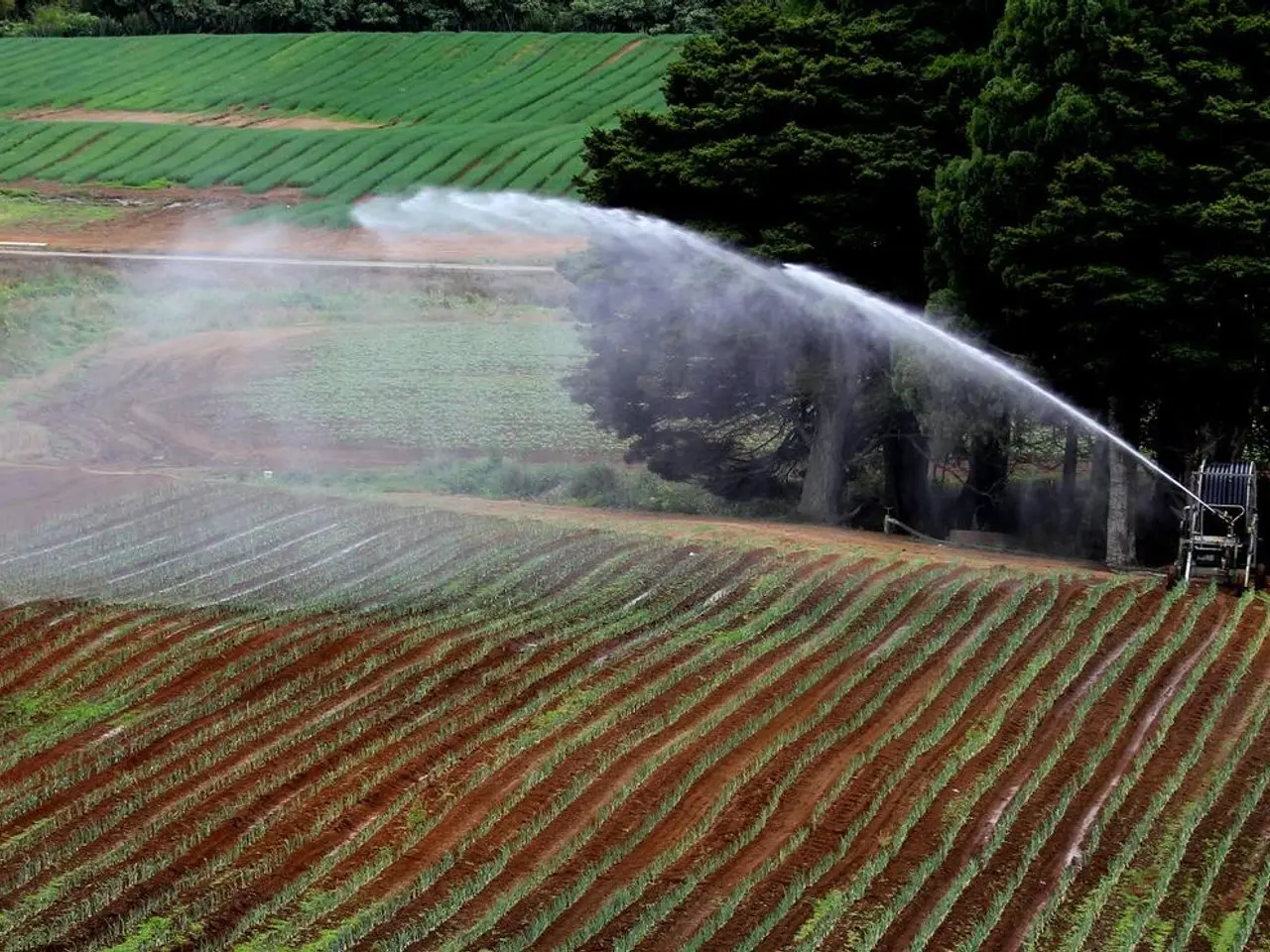The Evolutionary Journey of the Acequia Irrigation System in the Southwestern United States: From a Desperate Measure to a Vital Resource
In the heart of the American Southwest, an ancient water management system continues to thrive, providing a vital lifeline for communities and a testament to the power of collaboration and sustainability. Known as the acequia system, this network of community-managed irrigation canals originated in Spain over 400 years ago and was brought to the Americas during the 1700s, primarily by Spanish missionaries working in partnership with Indigenous peoples.
Today, in places like New Mexico and Texas, the acequia system plays a pivotal role in water management and community cooperation. It serves as a vital mechanism for irrigating agricultural lands, maintaining local ecosystems, and fostering a spirit of communal responsibility. The system operates on the principles of equitable water sharing and collective governance, reflecting centuries-old traditions of participatory decision-making about scarce water resources.
The acequia system holds deep cultural significance for the communities it serves, representing a connection to the past and a link to the traditions and values of early settlers. In San Antonio, Texas, for example, acequias linked to early missions still function as both irrigation infrastructure and symbolically important landscapes, preserving the cooperation between Indigenous peoples and Spanish colonizers. Preservation efforts have also taken place to protect acequia lands and rights against modern development, underscoring their ongoing importance in regional water rights and environmental justice.
As we navigate the challenges of a changing climate, the legacy of the acequia system offers valuable lessons for contemporary society. The system's focus on sustainable resource management and community collaboration is a blueprint for living in harmony with the environment. Modern innovations, such as remote sensing and data analytics, are being integrated into the traditional acequia system to enhance water management, while communities must adapt to these challenges by implementing conservation measures and exploring alternative water sources to ensure the resilience of the acequia system.
The story of the acequia system is one of survival, innovation, and community. It is a story that requires our active participation to continue. Efforts to protect and restore acequias are underway, with initiatives focused on conservation, education, and legal advocacy. As we work to preserve this unique heritage, we not only honour the past but also secure a sustainable future for generations to come. The acequia system, with its roots in tradition and its focus on innovation, stands as a testament to the power of community and the enduring importance of sustainable living.
- The lessons learned from the sustainable resource management and community collaboration of the acequia system are highly relevant to current climate change challenges, providing a useful model for sustainable living in the home-and-garden and lifestyle sectors.
- In the realm of environmental science, the acequia system's centuries-old principles of equitable water sharing and collective governance can serve as a foundation for modern conservation efforts aimed at preserving our planet's fragile ecosystems.
- By engaging in conservation efforts to protect and restore the acequia system, we not only conserve valuable cultural heritage but also promote sustainable living practices that can contribute to a more eco-friendly environmental-science in the face of climate change.




